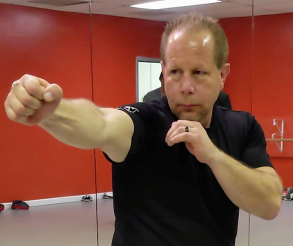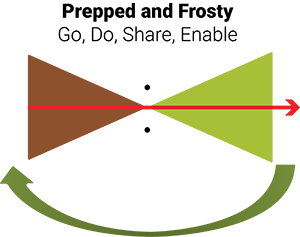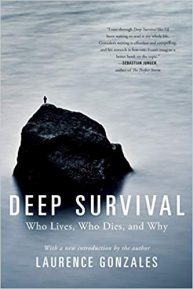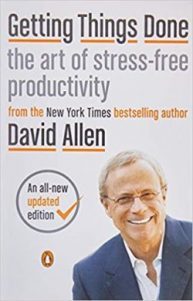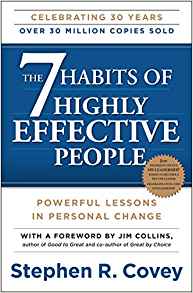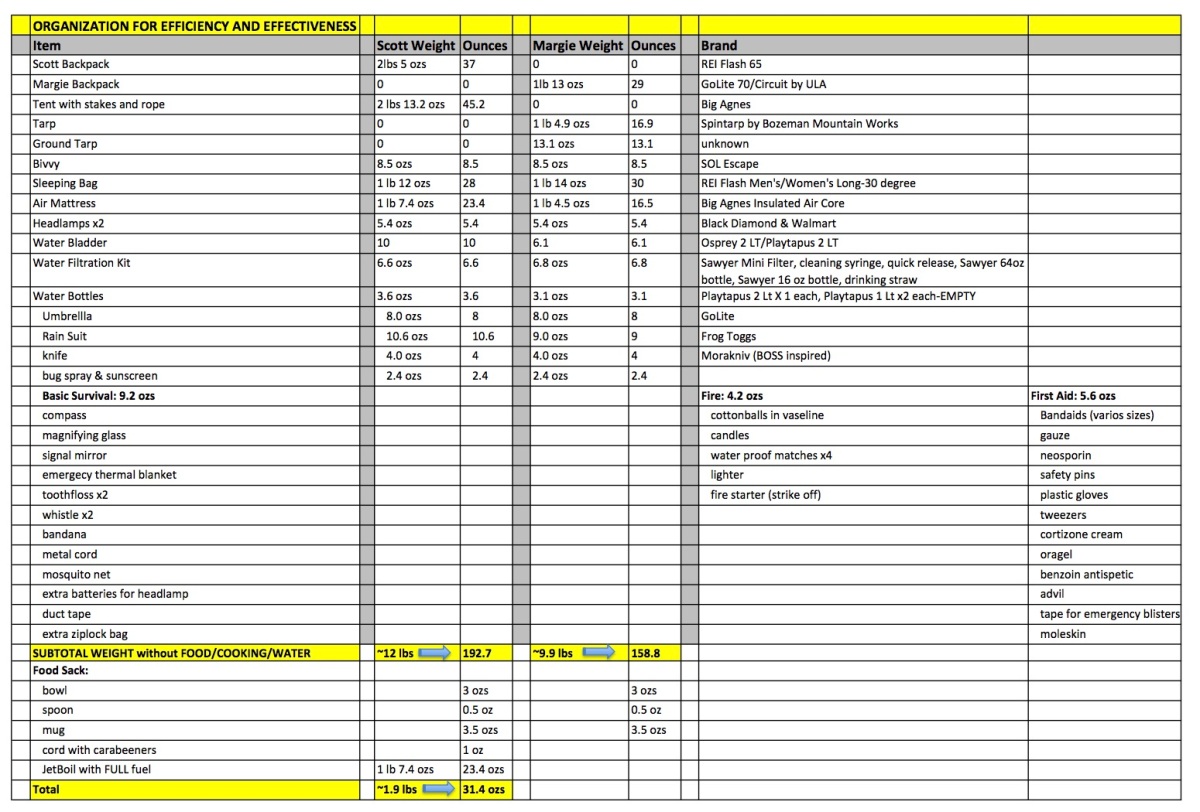Leading with your strengths is a good idea and delivers better results for you. Nobody is good at everything. When we understand our strengths and lead with them, we gain not only confidence but competence. Sophisticated, spontaneous, competent action comes from leading with your strengths. Let’s explore why.
Your personality style has strengths and weaknesses
Do What You Are, Discover the perfect career for you through the secrets of Personality Type by Paul D. Tieger, Barbara Barron, And Kelly Tieger help us navigate our personality type and discover what occupations we may enjoy. We each have 4 preferences that we use to comprehend and deal with the world around us. They consist of 1) the dominant function, 2) the auxiliary function, 3) the third function, and 4) the fourth function. “As long as your dominant and auxiliary are in command, you are functioning well. When your third and fourth functions take over, it’s as if the kids climbed over the seat and started driving the car (with predictably disastrous results). ” (pg. 65) This is an incredible reference to identify your personality type, then to understand what careers are suitable for your strengths. “Do what you are” is therefore about finding a career that matches your strengths, your natural abilities, your preferences in life.
Your brain works better when utilizing your strengths
Your Brain at Work by David Rock is an absolute must-read. When your strengths are engaged, a state of arousal is created which helps create a flow state, which further creates a positive spiral. Positive spirals are created when you are focused and energized and are the main contribution to your happiness. You need to be interested in what you are doing to achieve optimal brain performance. The upward spiral explains why people perform better when they are happy. Doing things that are significantly new can lead to a negative spiral of decreasing dopamine levels.
Happiness involves utilizing your strengths, they are your source of personal power
In his book What Happy People Know, Dan Baker Ph.D. informs us that Focusing on our strengths 1) works, 2) feels better, 3) creates the energy necessary for transformation, 4) Is self-sustaining because it is full of rewards and 5) encourages us to play to win because it works better. Interestingly, our weakness’ can be disguised as strengths. Workaholism, perfectionism, materialistic ambition, desire for domination, and status-seeking are all derived from fears. Our individual character, our personal power lies in utilizing our strengths. Without a feeling of personal power, than can be no happiness. Leading with our strengths helps us to make our own rules and own our days. Happiness tools are all about taking action. Dr. Baker encourages us to shift our focus from our problems and weaknesses to our possibilities and strengths. When we use our strengths and exercise them every day, we become increasingly intelligent and can turn those strengths into careers. We are to not confuse what we wish we were good at with what we are actually good at.
First Things – the tip of your spear
In The 7 Habits of Highly Effective People, Stephen Covey enlightens us about what it takes to be effective in life. The spiritual dimension is explored in Habit 2: Begin with the End in Mind, to determine what is important to you to accomplish in your lifetime. These important things are “first things”. Habit 3: First Things First is about prioritizing these first things over everything else. First things are the important things, your calling, your bliss, they resonate and excite you, they are your strengths.
Follow your Bliss – follow what excites you, lead with your strengths
I equate “leading with my strengths” with “following my bliss”. Following your bliss is a mechanism of personal development offered by Joseph Campbell through his career evaluating myths and religions of the world. When something resonates with you, it is a major hint of where your interests and associated strengths are hidden. Follow that feeling of bliss. Here are some concepts that I collected over the years from Joseph Campbell’s books noted on our resources page link below.
As we love ourselves, we move toward our own bliss, our highest enthusiasm. Following your bliss is not self-indulgent, but vital, for your whole system knows this is how to be alive in this world, and the way to give to this world the very best you have to offer. The most heroic of all acts is the courage to discover who you are and what you would like to be, to slay the savage dragon of the ego, and to follow your bliss to the truth of your life. There is a track just waiting there for each of us, and once upon it, doors will open that were not open before and would not open for anyone else. Everything does start clicking along and mother nature herself supports the journey (flow, magic). The lion of self-discovery is meant to kill the dragon of thou shalt. Our job is to straighten out our own lives.
Martial Arts factors
Fighting has been said to be a good analogy for life. I happen to agree with this. In a way, we are all seeking a way to express ourselves and your strengths are your expression. In the combative arts, there is considerable discussion and confusion as to which side should be lead with, the dominant or the weak. Leading with your weaker side is an attempt to hold the dominant hand in reserve, ready to deliver a knockout blow when the opportunity presents itself. It is a home run swing. Leading with your dominant side; the aim is to prioritize timing and speed over power.
- Jeet Kune Do (JKD): Bruce Lee’s martial art puts your dominant side forward. The leading weapons are the dominant hand and leg. This allows for optimizing the priorities of a fight better: distance, timing, speed, power. JKD, a relatively new martial art, is the result of combining Wing Chun Kung Fu, fencing, and American boxing. The on-guard stance of JKD is largely defined as placing your dominate side forward.
- Fencing: You hold your weapon in your dominant hand
- Boxing: Some famous boxers who place their dominant hand forward are Oscar De La Hoya and Victor Lomachenko.
Radiant, Prepped, and Frosty methodology: leading with your strengths breakout
- Be Radiant
- Your survival, happiness, and effectiveness kits are inside you. Re-frame your life to recognize your strengths and weakness’ and to lead with your strengths. It was how you were made, it is why you exist.
- The spiritual dimension is where you discover self authorization to be who you are. Do what you are. Do what you are good at. Lead with your strengths.
- There is only one spiritual message: be who you are, follow your bliss and lead with your strengths.
- Be Prepped
- For strategic planning, your brain works better when you are doing work that interests you.
- Be Frosty
- For tactical execution, leading with your strengths allows you to rapidly adapt to emergency stimulus in the fastest way possible. Your strengths are how you naturally approach problems, reducing the amount of thinking required, thus increasing your reaction speed.
- If you are leading with your strengths, you can act spontaneously without hesitation. Leading with your strengths increases both your speed and your competency.
- In emergency situations, where you have no time to think, you must act spontaneously.
Suggested Next Steps:
- Visit our adventure methodology page where these ideas are integrated.
- See our resources page to learn more from some authorities mentioned here.
